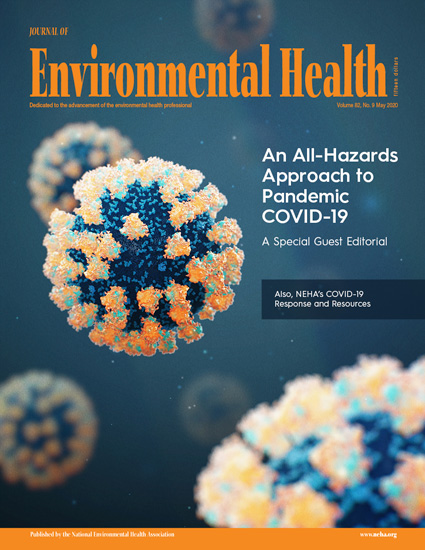Exposure to cadmium and lead is associated with diabetic kidney disease in diabetic patients
IF 5.3
2区 环境科学与生态学
Q1 ENVIRONMENTAL SCIENCES
引用次数: 0
Abstract
Cadmium (Cd) and lead (Pb) exhibit nephrotoxic activity and may accelerate kidney disease complications in diabetic patients, but studies investigating the relation to diabetic kidney disease (DKD) have been limited. We aimed to examine the associations of Cd and Pb with DKD in diabetic patients. 3763 adults with blood metal measurements and 1604 adults with urinary ones who were diabetic from National Health and Nutrition Examination Survey (NHANES) 2007–2016 were involved. Multivariate logistic regression models were used to analyze the associations of blood Cd (BCd), blood Pb (BPb), urinary Cd (UCd), and urinary Pb (UPb) with DKD. BPb, BCd, and UCd levels were higher among participants with DKD than diabetics without nephropathy, but UPb performed the opposite result. BPb and UCd were significantly associated with DKD in the adjusted models (aOR, 1.17 (1.06, 1.29);1.52 (1.06, 2.02)). Participants in the 2nd and 3rd tertiles of BPb and BCd levels had higher odds of DKD, with a significant trend across tertiles, respectively (all P-trend < 0.005). Multiplication interaction was also identified for BPb and BCd (P for interaction = 0.044). BPb, BCd, and UCd were positively associated with the risk of DKD among diabetic patients. Furthermore, there were the dose-response relationship and multiplication interaction in the associations of BPb, BCd with DKD.糖尿病患者接触镉和铅与糖尿病肾病有关
镉(Cd)和铅(Pb)具有肾毒性,可能会加速糖尿病患者肾病并发症的发生,但有关其与糖尿病肾病(DKD)关系的研究还很有限。我们旨在研究镉和铅与糖尿病患者 DKD 的关系。我们从 2007-2016 年美国国家健康与营养调查(NHANES)中收集了 3763 名成人糖尿病患者的血液金属测量值和 1604 名成人糖尿病患者的尿液金属测量值。采用多变量逻辑回归模型分析血液镉(BCd)、血液铅(BPb)、尿液镉(UCd)和尿液铅(UPb)与糖尿病的关系。与无肾病的糖尿病患者相比,DKD 患者的血中镉含量(BPb)、血中镉含量(BCd)和尿中镉含量(UCd)更高,但尿中镉含量(UPb)却与之相反。在调整模型中,BPb 和 UCd 与 DKD 显著相关(aOR,1.17 (1.06, 1.29);1.52 (1.06, 2.02))。BPb和BCd水平处于第2和第3梯度的参与者发生DKD的几率较高,各梯度之间分别有显著的趋势(所有P-趋势均<0.005)。BPb 和 BCd 的乘法交互作用也被确定(交互作用的 P = 0.044)。BPb、BCd和UCd与糖尿病患者罹患DKD的风险呈正相关。此外,BPb、BCd 与 DKD 的关系还存在剂量-反应关系和倍增交互作用。
本文章由计算机程序翻译,如有差异,请以英文原文为准。
求助全文
约1分钟内获得全文
求助全文
来源期刊

Environmental Health
环境科学-公共卫生、环境卫生与职业卫生
CiteScore
10.10
自引率
1.70%
发文量
115
审稿时长
3.0 months
期刊介绍:
Environmental Health publishes manuscripts on all aspects of environmental and occupational medicine and related studies in toxicology and epidemiology.
Environmental Health is aimed at scientists and practitioners in all areas of environmental science where human health and well-being are involved, either directly or indirectly. Environmental Health is a public health journal serving the public health community and scientists working on matters of public health interest and importance pertaining to the environment.
 求助内容:
求助内容: 应助结果提醒方式:
应助结果提醒方式:


